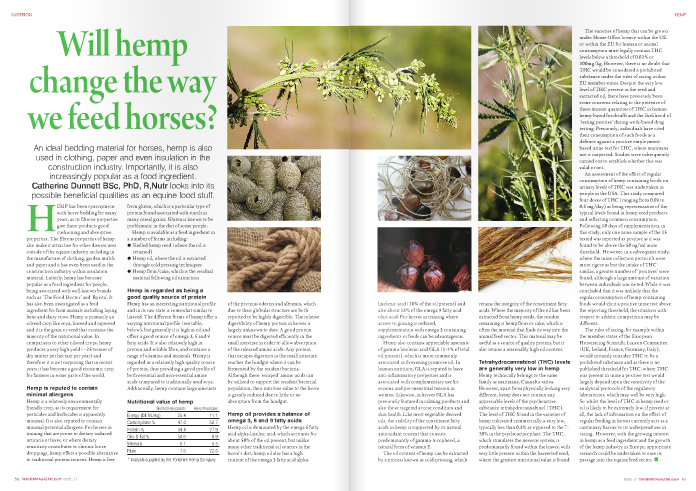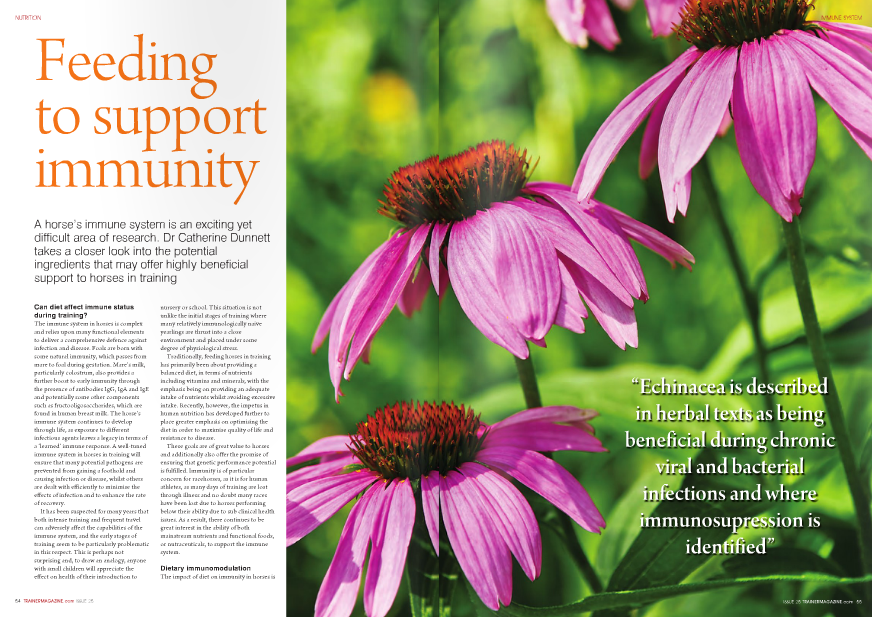Poor appetite in horses in training is not uncommon, whether this is a transient problem following racing, or, more regularly, during training in particular horses. In some situations, ‘failure to clean up’ may simply be explained by horses being offered more feed than they require and so they are being overfed, whilst in other instances, where it is accompanied with poor condition, the causes may be more complicated. Certainly, physiological mechanisms exist in horses to match energy and nutrient intake to daily requirements and these systems form the basis for self regulation of feed intake in horses in the wild or at grass.
Catherine Dunnett (14 October 2008 - Issue Number: 10)













